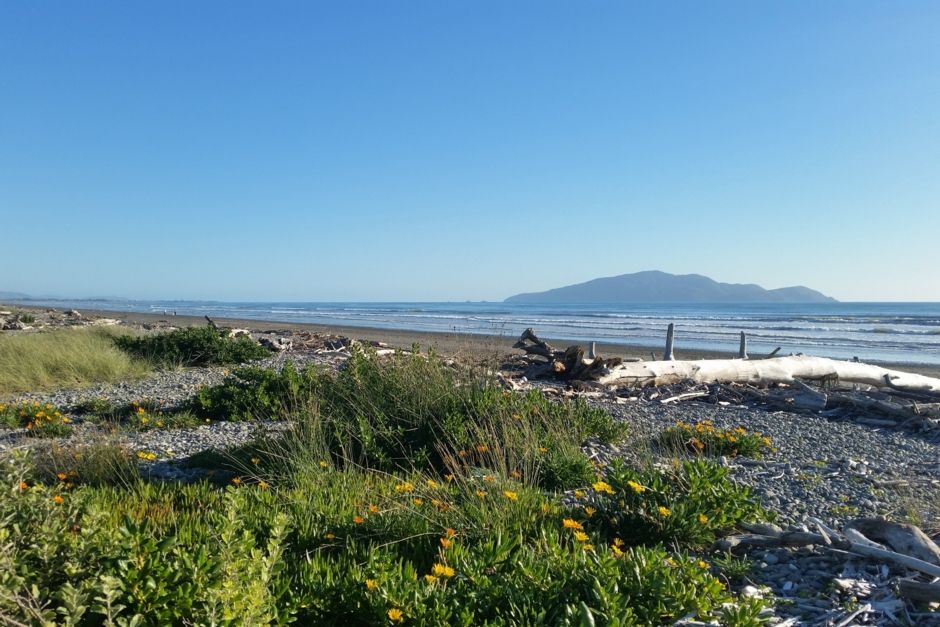Te Horo – place of wonder and dreams
My return to column writing in the July edition of ‘The Hobson’.

A favourite place I plan to include on my post-lockdown road-trip is not really a tourist destination. There’s not even a motel though you can ‘Book-a-Bach’ and there is plenty of accomodation nearby. That place is Te Horo. Situated on the Kapiti coast, just south of Otaki, about 70 km north of Wellington, it’s still sufficiently remote to save it from becoming a dormitory suburb. But for me as a child growing up in inner-city Wellington it was a place of wonder and dreams. There are actually two ‘Te Horo’s,’ ‘Te Horo Beach’, and 3 km inland on State Highway 1 ‘Te Horo Township’, the old name given to the smackl of houses, general store and dairy factory centred around the old railway station where until the 1960s trains used to stop. But I am talking about Te Horo Beach. The place where Dad and Mum in the early 1950s bought a section in a block carved out of a dairy paddock on ancient sand dunes, serviced by a gravel road. During his two weeks annual leave and at Easter, year after year, dad, a shipwright, hammering and sawing from dawn until well after dark, built a bach. And some bach it was – plenty of room for five kids, double clad, and as strong as a castle; built of Oregon and Australian hardwood, ship’s dunnage brought home from the Wellington waterfront, plank by plank lashed to dad’s bike, then once or twice a year trucked from Wellington ready for dad’s ‘holidays’. For us city kids they were holidays to dream about.
Goodbye city asphalt and noisy streets. This was the country – cows and horses, sand beneath your feet. At night the call of the morepork and if the wind was right, the distant wail of a steam train heading up the island. The creek across the paddock, where we learned to swim, and where with Mum and Dad and Mrs Ashdown, the local storekeeper yarning in her country way, we sat quietly as dusk turned to dark, catching eels for breakfast. Then there was the beach, not a sandy beach I’m afraid, except at low tide, but a great shingle beach, the cobbles tumbled down the rivers over millennia from the Tararua ranges, standing on the eastern skyline, splendidly snow-capped in Winter. The sea at Te Horo was normally sparkling blue but in a Tasman gale the huge waves rearing up to break were grey green, sometimes dirty yellow streaked with foam; tiger-like, wild, savage, frightening. The sound of the sea was always present, whether a drowsy murmur on a summer’s afternoon or roaring like a battlefield. In the quiet of a country night, a wave, sometimes miles in length, could break simultaneously along the coast with such a crash it shook the very ground. We loved playing in the sea but we never forgot that up the coast, some kids were swept away and drowned. On hot January afternoons at low tide we gathered ‘pipis’ (actually tuatuas). And shivering as we dried and changed, Dad taking an early break from his hammering would build a driftwood fire and roast them on the stones. We ate them dipped in vinegar with buttered bread Mum had prepared, washed down with tea boiled in a billy. Gazing at the sun setting behind Kapiti with the night drawing in, as the fire crackled Dad would tell us stories of the old days, of Te Rauparaha and the fights that took place along this very beach. So I would like to go back to Te Horo. Do the spirits of Mum and Dad, drawn by those happy days sometimes return there too?
This article was published in the July 2020 issue of The Hobson.



